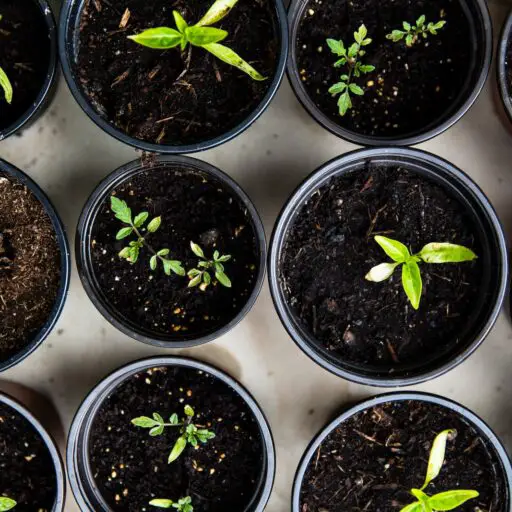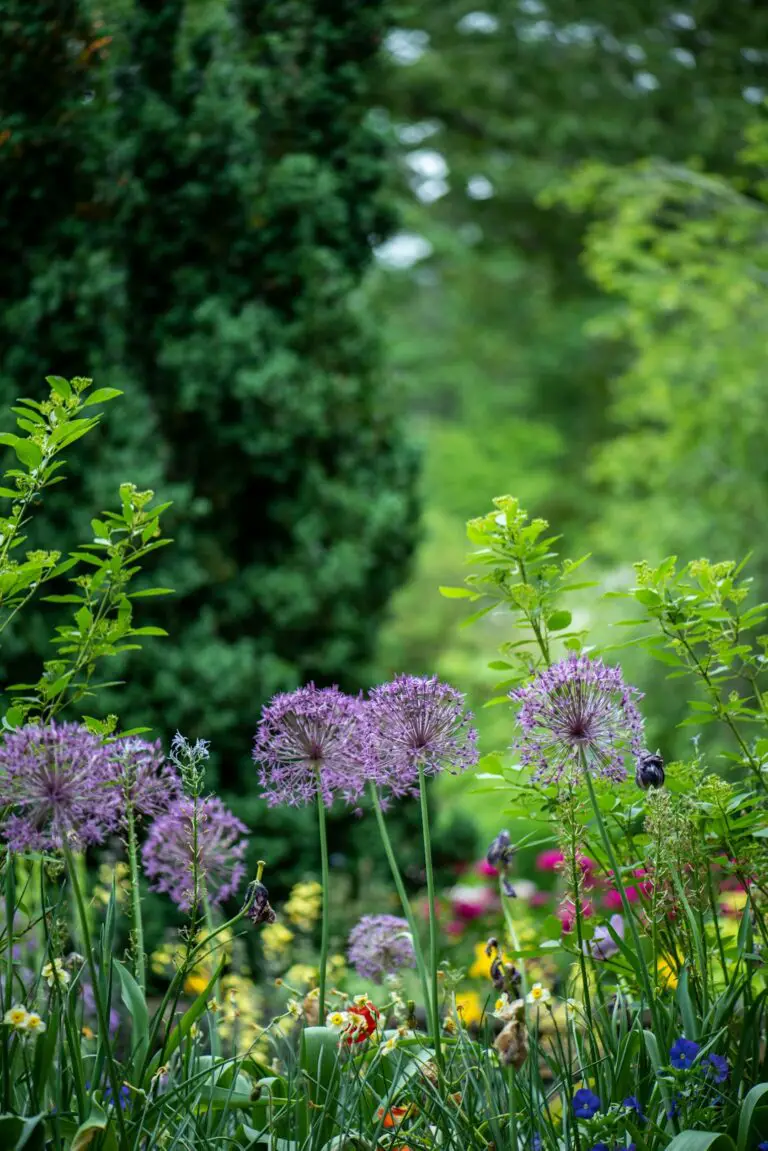Support our educational content for free when you purchase through links on our site. Learn more
Imagine a vibrant community where neighbors come together to cultivate beautiful gardens, grow fresh produce, and foster a sense of belonging. Community gardening is more than just a hobby; it’s a powerful tool for social, environmental, and personal transformation. In this article, we will explore the objectives of gardening in a community and how it can positively impact individuals and neighborhoods.
Quick Answer
The objectives of gardening in a community are to:
- Foster social connections and a sense of belonging
- Promote sustainable and environmentally-friendly practices
- Improve food security and access to fresh produce
- Enhance physical and mental well-being
- Beautify neighborhoods and increase property values
CHECK PRICE on:
Quick Tips and Facts
- Community gardening brings people together, fostering a sense of community and belonging.
- It promotes sustainable practices such as composting, organic gardening, and water conservation.
- Community gardens provide fresh, nutritious produce to individuals and families who may not have access otherwise.
- Gardening is a great way to stay physically active and improve mental well-being.
- Well-maintained community gardens can beautify neighborhoods and increase property values.
Background: The Power of Community Gardening
Community gardening has a rich history dating back centuries. From ancient civilizations to modern urban landscapes, people have come together to cultivate plants and create green spaces. The objectives of gardening in a community have evolved over time, reflecting the changing needs and values of society.
In recent years, community gardening has experienced a resurgence in popularity. As urbanization and modern lifestyles have disconnected people from nature and their neighbors, community gardens offer a way to reconnect and create a sense of place. These shared spaces provide an opportunity for individuals to come together, learn from one another, and contribute to the well-being of their community.
1. Cultivating Social Connections and a Sense of Belonging
One of the primary objectives of gardening in a community is to foster social connections and a sense of belonging. Community gardens bring people from diverse backgrounds together, creating a space for interaction, collaboration, and shared experiences. Gardening side by side allows individuals to form meaningful relationships, build trust, and create a strong sense of community.
In a world where digital communication often replaces face-to-face interactions, community gardens provide a physical space for people to connect and engage with one another. Whether it’s swapping gardening tips, sharing stories, or simply enjoying each other’s company, these shared gardens become a hub of social activity and a catalyst for building relationships.
Open Loop: Discover how community gardens can create a sense of belonging and strengthen social connections in your neighborhood. Keep reading to learn more!
2. Promoting Sustainable and Environmentally-Friendly Practices
Community gardening plays a vital role in promoting sustainable and environmentally-friendly practices. By growing food locally and using organic gardening methods, community gardens reduce the carbon footprint associated with long-distance food transportation and the use of synthetic pesticides and fertilizers.
✅ Community gardens help improve air and soil quality, increase plant biodiversity, improve water filtration, and reduce neighborhood waste and food trucking miles. They contribute to the restoration of vacant land, promote biodiversity, and foster social inclusion.
Gardening in a community setting provides an opportunity to educate and inspire individuals to adopt sustainable practices in their own lives. From composting kitchen scraps to conserving water and using natural pest control methods, community gardens serve as living classrooms for sustainable living.
Open Loop: Discover how community gardens are making a positive impact on the environment and learn practical tips for incorporating sustainable practices into your gardening routine. Keep reading!
3. Improving Food Security and Access to Fresh Produce
Food security is a pressing issue in many communities, with limited access to fresh, nutritious food. Community gardens address this challenge by providing individuals and families with a reliable source of fresh produce.
✅ Community gardens produce organic, fresh fruits and vegetables, encouraging healthier eating and eliminating food insecurity in neighborhoods.
These gardens empower individuals to take control of their food supply, reducing their reliance on expensive and often unhealthy store-bought produce. By growing their own food, community gardeners gain access to a variety of nutritious fruits and vegetables, ensuring a well-balanced diet for themselves and their families.
Open Loop: Discover how community gardens are transforming food security and learn how you can get involved in growing your own fresh produce. Keep reading!
4. Enhancing Physical and Mental Well-being
Gardening is not only good for the environment but also for our physical and mental well-being. Engaging in gardening activities provides a range of health benefits, from increased physical activity to reduced stress and improved mental clarity.
✅ Gardening is a great way to stay physically active and improve mental well-being.
In a community garden, individuals have the opportunity to engage in physical exercise while tending to their plants. Digging, planting, weeding, and harvesting all require physical effort, helping to improve cardiovascular health, strength, and flexibility.
Beyond the physical benefits, gardening has a positive impact on mental well-being. Spending time in nature, connecting with the earth, and nurturing plants can reduce stress, anxiety, and depression. Gardening provides a sense of purpose, accomplishment, and a connection to the natural world, which is essential for our overall well-being.
Open Loop: Discover the numerous ways gardening can improve your physical and mental well-being and learn practical tips for incorporating gardening into your daily routine. Keep reading!
5. Beautifying Neighborhoods and Increasing Property Values
Community gardens have the power to transform neighborhoods, turning vacant lots into vibrant green spaces. Well-maintained gardens not only beautify the area but also increase property values.
✅ Presence of a green space less than 100 meters from a dwelling can increase its value by 1.9%.
By creating attractive and well-designed gardens, community gardeners contribute to the overall aesthetics of their neighborhood. These green spaces become a source of pride for the community, attracting visitors and potential residents. The increased property values benefit everyone in the neighborhood, creating a positive cycle of investment and improvement.
Open Loop: Discover how community gardens are beautifying neighborhoods and increasing property values, and learn how you can create a beautiful garden in your own community. Keep reading!
FAQ
What is the goal of a community garden?
The goal of a community garden is to create a shared space where individuals from the community can come together to grow plants, cultivate food, and build relationships. Community gardens aim to foster social connections, promote sustainable practices, improve food security, enhance well-being, and beautify neighborhoods.
Read more about “What is the goal of a community garden?”
How does gardening help your community?
Gardening helps the community in several ways. It brings people together, fostering a sense of belonging and social connections. It promotes sustainable practices, such as composting and organic gardening, which benefit the environment. Gardening also improves food security by providing fresh produce to individuals and families. Additionally, it enhances physical and mental well-being and beautifies neighborhoods, increasing property values.
Read more about “15 Unbeatable Ways a Community Garden Fosters Unity …”
Which of the following are benefits of a community garden?
The benefits of a community garden include fostering social connections, promoting sustainable practices, improving food security, enhancing physical and mental well-being, and beautifying neighborhoods. Community gardens also provide educational opportunities, promote biodiversity, and contribute to the overall well-being of the community.
Read more about “What is an Economic Benefit of Community Gardens? …”
Why is gardening important for the environment?
Gardening is important for the environment because it promotes sustainable practices and reduces the carbon footprint associated with long-distance food transportation. Community gardens improve air and soil quality, increase plant biodiversity, and improve water filtration. They also contribute to the restoration of vacant land, reduce neighborhood waste, and promote social inclusion.
Open Loop: Now that you have a better understanding of the objectives of gardening in a community, it’s time to take action! Discover how you can get involved in community gardening and make a positive impact in your neighborhood. Keep reading!
Read more about “What are the Benefits of Eco-Friendly Gardens? …”
Conclusion
Community gardening is a powerful tool for social, environmental, and personal transformation. By fostering social connections, promoting sustainable practices, improving food security, enhancing well-being, and beautifying neighborhoods, community gardens have the potential to create thriving and resilient communities.
If you’re looking to make a positive impact in your community, consider getting involved in a local community garden. Whether you have a green thumb or are just starting your gardening journey, there’s a place for everyone in the community garden.
Based on the numerous benefits and objectives of gardening in a community, we confidently recommend exploring community gardening as a way to connect with your neighbors, contribute to a sustainable future, and create a beautiful and thriving community.
✅ Remember to check out our Benefits of Community Gardens category for more information on the positive impact of community gardens.
Recommended Links
-
CHECK PRICE on: Seeds | Gardening Tools | Compost Bins | Garden Decor
-
Shop
Official Website






